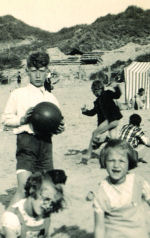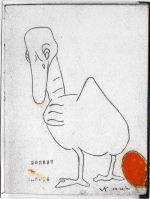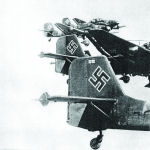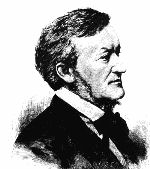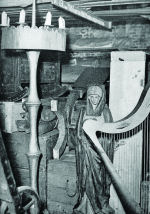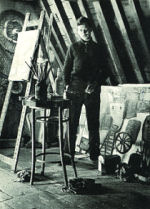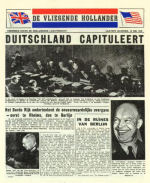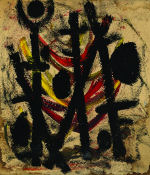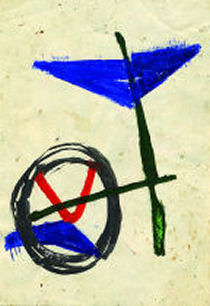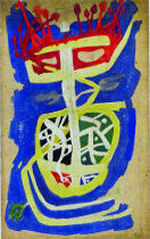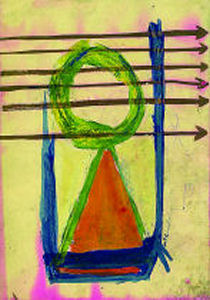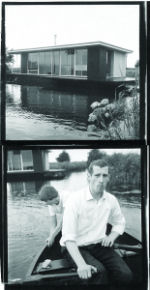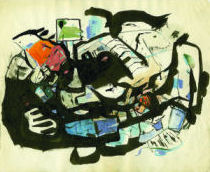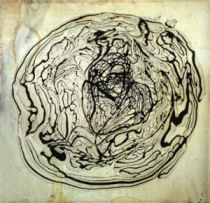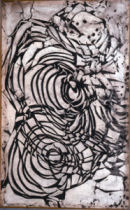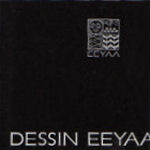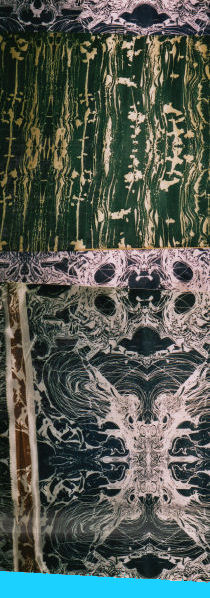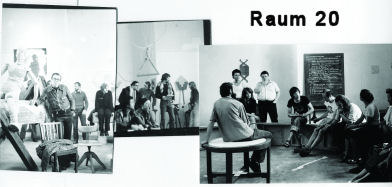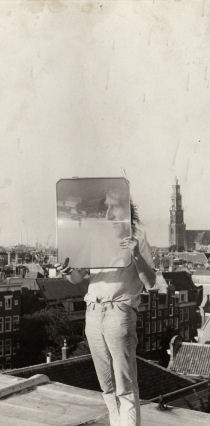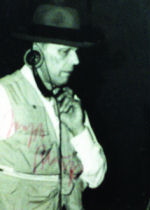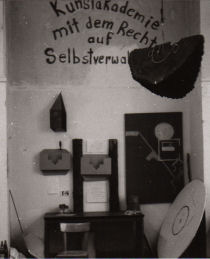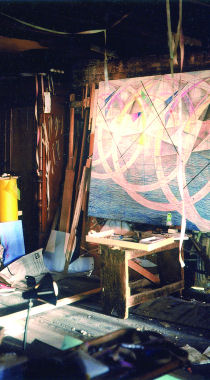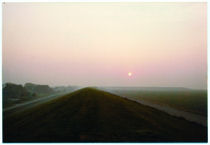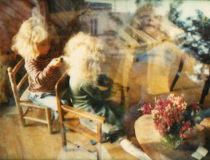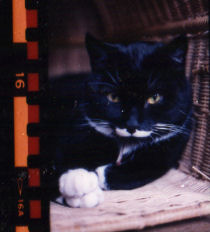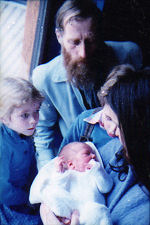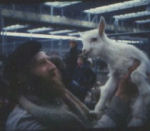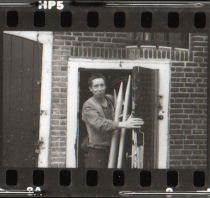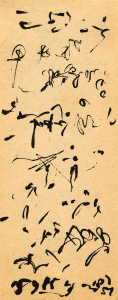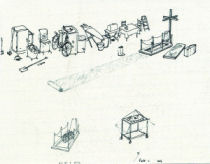|
|
1 - 2 - 3 - 4 - Next Page >>> Jacobus Kloppenburg, by Waldo Bien ALLINONE BIO-BIBLIO-EXHIBIT-GUIDE-NOTES-LECTURE and the ongoing affair of the destruction of the sculpture ARTCHIVE FOR THE FUTURE by the City of Amsterdam, Born : Sunday 16 March 1930, 17.00 hrs. Amsterdam, Roelof Hartstraat. In 1933 the family moved to Lauriergracht nr. 111. Father: Jacobus (Ko) Kloppenburg, *20.3.1903 Amsterdam, sign-painter, independent Businessman. Mother: Agatha Kiljan, *25.8.1903 Amsterdam. Sisters: Agaat *1931, Ada *1933. AMSTERDAM: The Lauriergracht where the Kloppenburg family lived from 1933 lies in a part of the City of Amsterdam known as the Jordaan. The place in which Kloppenburg grew up already had a history of some 300 years, and it was a district with a very distinctive social character, the locals being a mixture of working class people, small business entrepreneurs, shopkeepers, and also with a bohemian element, artists and last but not least an active jazz scene. In Kloppenburg's childhood there were dovecotes and pigeon lofts on the roofs of many of the houses, because of the pigeon fanciers in the quarter. The locals had a reputation for being outspoken, for laughter, for drinking and singing to the accompaniment of an accordion. Despite its reputation for anarchy it was a tight knit community. Although not originally from the area, the Kloppenburg's were accepted. This untypical Dutch milieu was the periphery of their daily lives. The family occupy the lower two floors of the canal house Lauriergracht 111. Facing the street is a kitchen in a lower basement, and to the rear there is a small garden with a pear tree, where by mid-day the sun shone, and in the evening moonlight. Especially during the dark days of the war the skies were swarming with stars. Kloppenburg's bed faces onto the nightly miracle. Reading the toponomy of this locale is like being on a botanical excursion, Laurel-canal, Rose-canal, Sweetbriar-canal, Flower-canal, Palm-canal, Lily-street, Calendula-street, or being in a bestiary, Hare-street, Rabbit-street, Moose-street, Bears-street, Wolf-street, it is an urban but still paradisiacal place. 1936-1942: Primary school in the Jordaan, Elandsgracht. According to his own recollection there wasn’t much sitting on the school benches during wartime. Apparently no one minded, "Everybody had something else on his or her mind". 1939, Sept.1: German invasion of Poland. Start of World War 2. 1940, May: The German occupation of the Netherlands. In Amsterdam a time of fear and mistrust, darkness and terror. There is an increasing shortage of food, fuel and other necessities. In the city there is a black-out, and as is often reported in the daily newspapers, one wrong step and you can drown. On German orders windows are blinded with a special black paper, the time for which is announced daily on the front page of the censored newspaper. Jewish people are rounded up, there is endless razzia, a black market, and people are thin and emaciated. Battles take place in the air and there is bombing around Schiphol Airport and of the Fokker companies in the north of Amsterdam. K stands on the rooftops enjoying the fabulous fireworks. It is also a period of 'no trash', there is an endless inventive spirit, with constant improvisation, and everything is re-used. In the Jewish Quarter around the Waterlooplein there is searching for what is 'now' real capital, a stack of discarded things that can be bought for three cents. The route to there from the Lauriergracht takes one over the Oudezijdsvoorburgwal 127 where in the house of the Gomperts, Karel Appel is up in the family garret painting and preparing for the Cobra era. Family photos of those years show a fresh-faced youngster, reclusive but with a discerning look. Surviving sketch books from the time add to the impression of someone with sharp perception and a vivid sense of animal and plant life. The drawings display a sensitivity of line and a precocious colour sense. Some of them are exactly dated, for example 25.9.1941, and indicate a subtle and intelligent humour. There are also specific reports that the young man who cannot swim, specialises in making handstands by the canal wall and that he goes on his hands to the baker every day. He is also something of a rebel, who arrives at school at the very last moment, just as the door is closing. In his Reformed family a bible lies on the table. Readings are given from it before meals. At certain times psalms are sung around the harmonium, acquired for that purpose: 'The Lord is my Shepherd…' He was very taken with the bible illustrations of Rembrandt. 1943: Attending High School, Noord-School Prinsengracht and Instituut Bladergroen until 1947: His father sets him on course of study in calligraphy with an eye to his own advertising business. These mind-numbing repetitions of line and text spur him into his own first experiments with punning and other linguistic inventions. His dominating and hardheaded father defines 'free' artistic expression as useless and taboo, under the equation art=luxury and therefore socially useless. From that time K works in secret on his own free expression, on paper and carton board from the advertising office or from the printer's at the corner. It is cheap (costs nothing) and since it does not have a fixed format, this is also for him an inspiring experience. His artistic research is supported and stimulated by his mother Agatha with whom he has a close and intense relationship. She has an open and indulgent character and is diligent and caring. She also is creative and with the products of her own handicraft provides daily bread for the family. She later runs a business, Het Kleurhuis, at the corner of the Keizersgracht and the Spiegelstraat. The children share with their mother a love of nature. K, with his sisters Ada and Agaat help out with design and production. It is a busy household with much coming and going, the daily needs of the advertising business, the constant supplies and deliveries being made, the many things to be done. Scraps of paper survive with bills and invoices all jumbled together, for example, one document reads: hooks for curtains, a key, a half loaf of bread (white), starch, 124 cm tape, memo paper from Goedkoop, half an ounce of lard, 3 x petroleum, bus ticket, parsnip, linseed oil, black or grey yarn, mop, jute, vinegar, carton receipt, Lindeman sugar, cat, clasps, etc. Reading the list quickly and glancing at it overall one could feel like a visitor to Lewis Carrol's Wonderland, and by the same token one could enter into the later development of K and his personal iconography. 1943: In this year his father leaves the family and elopes with another woman, the mother of his new stepbrother Sipke Huismans with whom Kokkie (nickname for Jacobus) hangs out. Sipke is also quick and intelligent and artistically talented, liking also to make drawings. NOTE: Sipke Huismans *5th May 1936. Dutch visual artist, graphic designer and draughtsman who on the personal recommendation of Sandberg the director of the Stedelijk Museum Amsterdam, receives an educational grant, and later becomes the well-respected director of the Art Academy in Enschede.NL. Climbing through a cat trap-door in the rear of the house K gets into the De Pelikaan warehouse next door at Lauriergracht 109, which is packed with theatre props and decor from the Wagner Society that had been founded in 1884. From that day on K makes frequent incursions into the depot, sometimes with Ada or Agaat. These adventures are like cultural tours, which look to be the seed for the later 'Artchive for the Future'. In a surviving inventory book of the Wagner Society, with extensive manuscript annotations, there is a complete index of the decor, costumes, weaponry etc., with precise place locations given of the contents of the warehouse (Dutch Theatre Archive). This gives an impression of how exotic and striking this must have appeared and how optically rich the cluster of heavy fabrics, props and decorations, the heavy pinewood floorboards, ceiling trusses. Everything was also overlaid with a mysterious and dynamic gold or silver light, that would flood through depending on the time of day or the season (The Light Oracle, Golden Eternity). On the ceiling beams of this initiation-shrine stagehands had written in white letters the key to it all: Siegfried, Lohengrin, Götterdämmerung, Parsifal, Rheingold (photos can be see in the 50th anniversary issue of the Wagner Vereniging, Amsterdam, 1934). 1944: The Winter of Starvation. While the Allies marched on Berlin the Northern Netherlands remained under German control and were cut off from food supplies. There is enormous suffering and especially for families with growing children and without any means. Jacobus's mother is forced to undertake long and difficult forays from the city into the countryside, to the farmers, in search of food. Her bicycle has no tyres and some of the surrounding North Holland Polders have been flooded by the Germans. She trades her own handicraft work such as woven grocery baskets with colourful appliqué felt flowers, her 'happy craftworks', for a few potatoes, milk, sometimes butter and eggs with the farmers. K scrapes and sieves coal dust from the harbour and saws saplings for the emergency stove. Just around the corner along the Prinsengracht by the Westertoren Anne Frank had made her final diary entries. The daily meal consists of a bowl of watery soup, and people go to bed hungry. The acute physical hardship results in K's lifelong obsession with food, but also the care and flair with which he prepares it. 1945 May: German capitulation and the end of the war in Europe. There is general rejoicing, except, for Karel Appel it is bad news. Following on the War the Gomperts family returns and Karel Appel has to leave his atelier-garret, for which alas he has never forgiven Gomperts. Unintentionally Appel left something beautiful behind (F.I.U. Info primeur): on some beams, now painted over, there are some beautiful Cobra paintings that I have personally seen. For the Wagner Society the outbreak of anti-German feeling marked a difficult time. The warehouse of De Pelikaan was completely silent until 1949, when in that year the first post-war Wagner production of the Flying Dutchman was staged in The Hague. |
|
|
|
|
|
|
|
|
|
|
|
|
|
|
|
||
|
|
|
|
|
|
|
|
|
|
|
|
|
|
||
|
|
|
|
|
|
|
|
|
|


